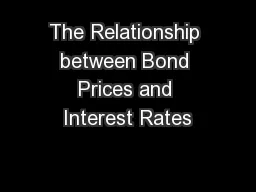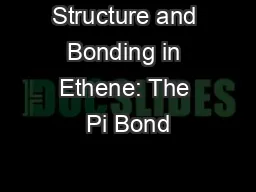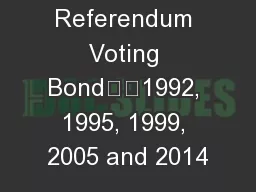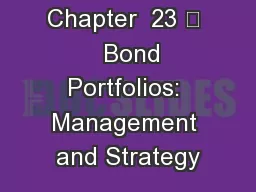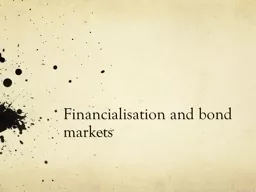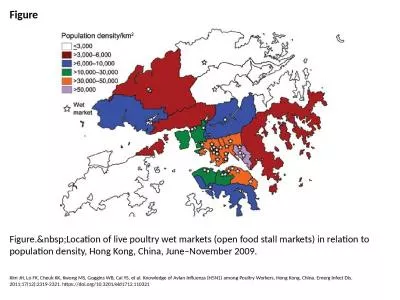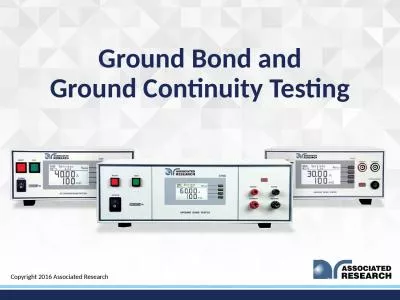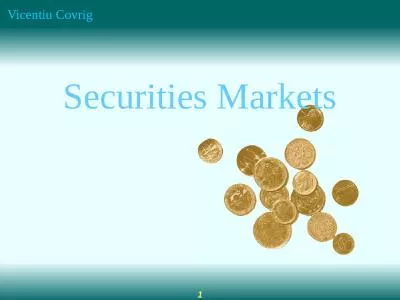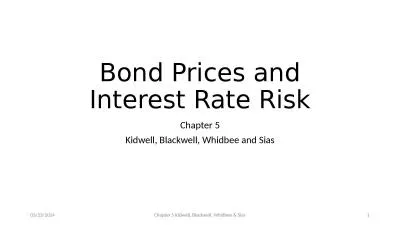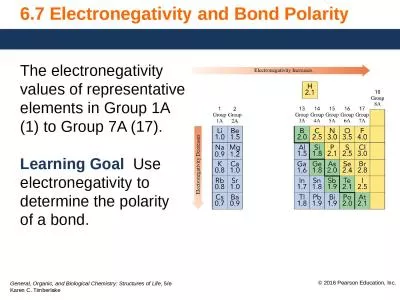PPT-Bond Features and Markets
Author : min-jolicoeur | Published Date : 2017-09-26
A Bond Issued by Macys Term Amount of issue 550 million Date of issue 01152012 Maturity 01152022 Face value 2000 Annual coupon 3875 Offer price 99189 Coupon payment
Presentation Embed Code
Download Presentation
Download Presentation The PPT/PDF document "Bond Features and Markets" is the property of its rightful owner. Permission is granted to download and print the materials on this website for personal, non-commercial use only, and to display it on your personal computer provided you do not modify the materials and that you retain all copyright notices contained in the materials. By downloading content from our website, you accept the terms of this agreement.
Bond Features and Markets: Transcript
Download Rules Of Document
"Bond Features and Markets"The content belongs to its owner. You may download and print it for personal use, without modification, and keep all copyright notices. By downloading, you agree to these terms.
Related Documents


